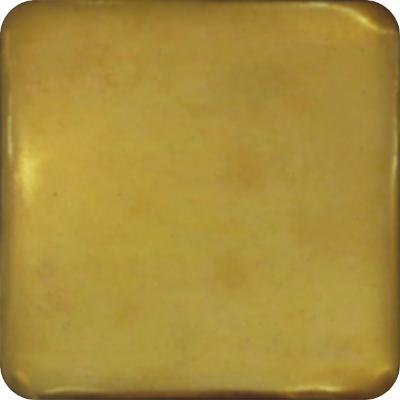Sebastian Egeo
Personalia
Born:
Died:
Profession:
Memberships
Curriculum Vitae
Sebastian Egeo was born in Villach as the illegitimate son of the bricklayer of the same name, Sebastian Egeo, and the grocer Anna Elisabeth Warnsberger. His father legitimizes him, which is why he takes his name. After school, he trained as a cooper.
In 1929, he moved from Villach to Vienna, where he worked in the Ankerbrot factory. He left the Catholic Church in 1929, but rejoined in 1933. He became involved in the Heimatschutz in the company of the Ankerbrot factory. After short stays in Ried im Innkreis, he leaves Vienna on October 13, 1937 to find work in Paris. A staunch Austrian patriot, he was strictly opposed to National Socialism.
In Paris, he witnessed the downfall of a free and independent Austria when the German Wehrmacht invaded on March 12, 1938. He refuses to accept German citizenship and return to his occupied homeland. He therefore remained in France as a stateless person 'ex-Austrichiens'.
With the outbreak of World War II on September 1, 1939, Sebastian Egeo, like all German-speaking foreigners in France, was interned and sent to camps near Uzès and Les Milles in the south of France. On January 29, 1940, he married a French woman, allowing him to leave the camp and join the French army in a work company in the Montcalm barracks in Aigues-Mortes, also in the south of France. However, Sebastian Egeo, who was still stateless, did not complete his compulsory service after France's capitulation on June 22, 1940. He continued to serve in the army of Vichi-France.
It was only after the liberation of southern France by the Allied troops in 1944 that he was released from his compulsory service on November 16, 1944. At this point, he is no longer married. He then worked as a cooper in the same town. In Aigues-Mortes, Sebastian Egeo witnessed the liberation of Austria from German occupation and the re-establishment of the Republic. In October 1946, he returned to Vienna and worked as a cooper again. He joins the newly founded Austrian People's Party (ÖVP) and the ÖVP-Kameradschaft der politisch Verfolgten und Bekenner für Österreich. In 1947, he married Anna Haslmair.
Places
Residence:
Citations
Wiener Stadt- und Landesarchiv (WStLA)
Archiv ÖVP-Kameradschaft der politisch Verfolgten und Bekenner für Österreich
Matricula Online
